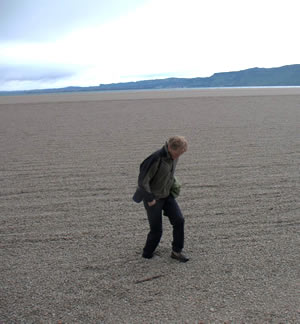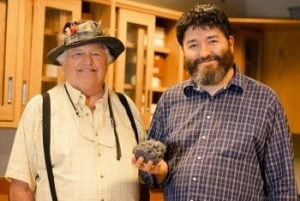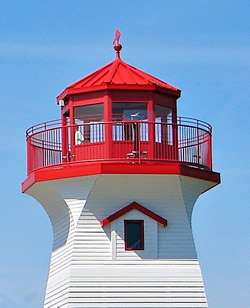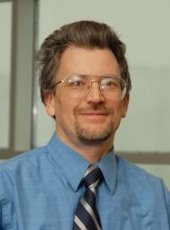 In early August, sailors in the southwest Pacific Ocean began to see their environment transmogrify. As far as the eye could see, the ocean turned from an azure delight into a colossal gathering of clinking, floating rocks. And then came the foul, sulfurous odors.
In early August, sailors in the southwest Pacific Ocean began to see their environment transmogrify. As far as the eye could see, the ocean turned from an azure delight into a colossal gathering of clinking, floating rocks. And then came the foul, sulfurous odors.
Satellite images—plenty of which were shared on Twitter by Simon Carn, a volcanologist at Michigan Technological University—showed a giant pumice raft twisting and warping in the open ocean, pushed around by the winds and waves. The raft covered an area a bit larger than San Francisco.








